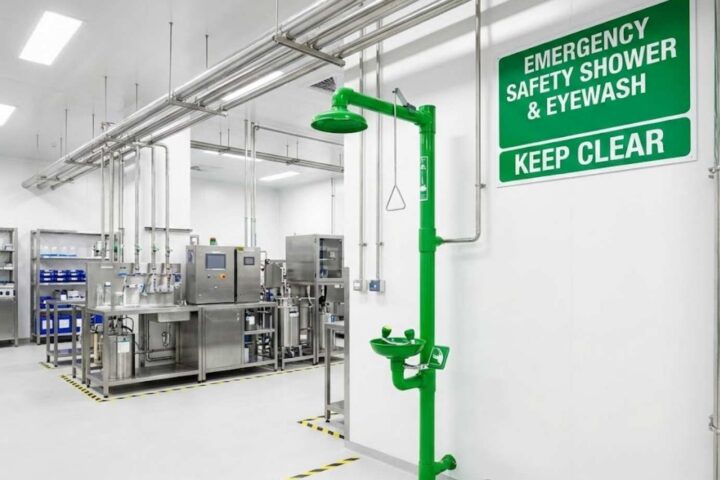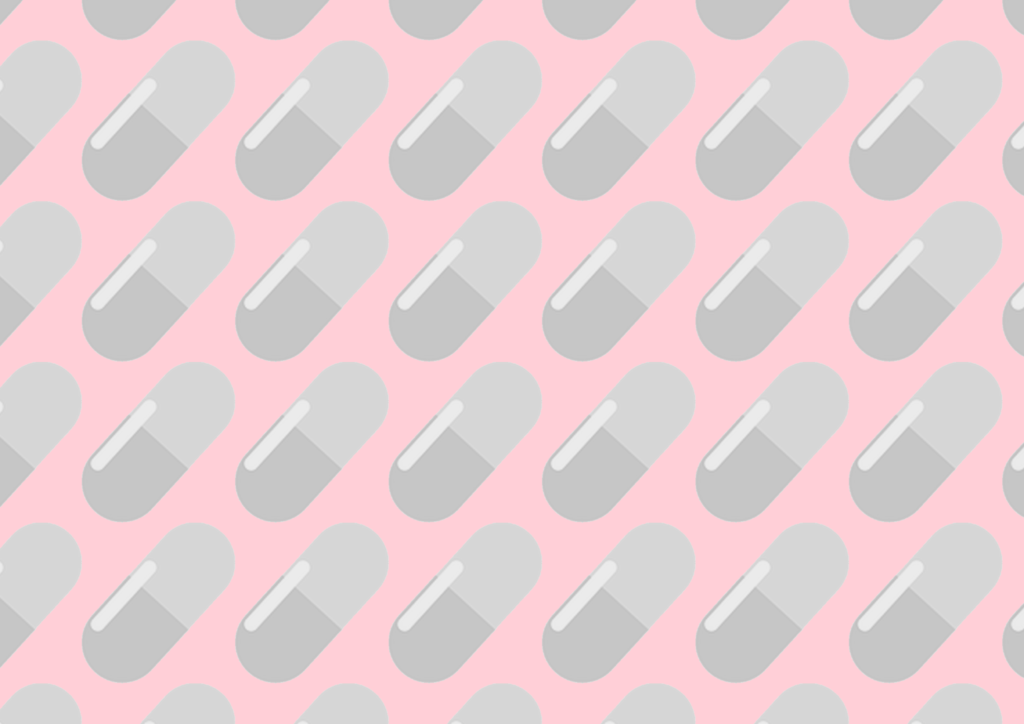The manufacturing process of injection molding, especially plastic injection molding, has been used to produce many products and components for many decades now.
However, that certainly doesn’t mean that the injection molding process isn’t evolving as an industry with the help of technology and becoming better as time passes by.
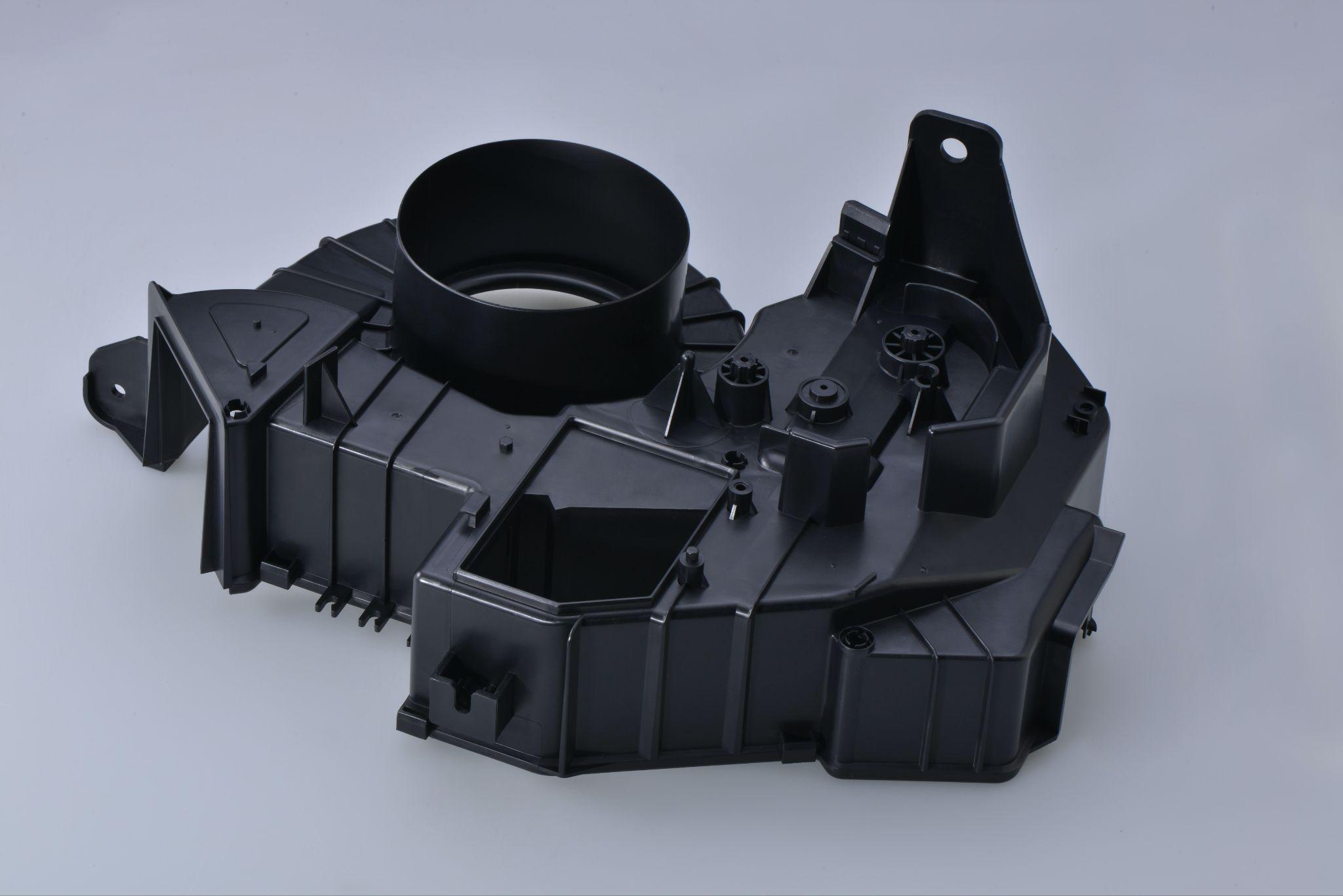
As a matter of fact, numerous small innovations are making a significant impact on the industry to increase the injection molding process efficiency and reduce operational costs, above all.
In this article, we’ve selected five notable industry innovations that have significantly impacted and are moving the injection molding industry forward. The five innovations you will read about below are only expected to evolve further and shape the future of the injection molding industry for the years to come.
The Rapid Growth Of Automation
In the last couple of decades, automation efforts have become an expanding frontier that helped move most industries beyond their stationary capabilities. In that regard, when robots and automation are mentioned with injection molding, most people would probably envision things like stationary robotic arms removing fresh molded finished products from an opened injection mold.
Of course, automation can easily help complete these functions, but in recent times, automation has expanded further from only achieving stationary functions and moved into the supply chain. Nowadays, robotics and automation are used also to move raw products within facilities, get added to the assembly lines to complete repetitive motions in the manufacturing process, and are used side-by-side with human employees to increase the efficiency of the entire process.
The Rise Of 3D Printing
If we go back just five years into the past, the manufacturing process of 3D printing was rather expensive for companies to use as their go-to method for injection molding. The printers themselves were huge, used to cost a fortune, and the materials that could be used were very limited.
However, in recent years, 3D printers have gotten more compact, the cost per 3D printer has significantly come down, and the materials have expanded as you can now have units that can print carbon-fiber-infused filaments.
With their rise in popularity, 3D printers have now become a very useful option to produce injection molded prototypes ready for design reviews, and even represent a smart low-cost option for small manufacturing batches.
Micro Injection Molding Is A Thing Now
In the recent past, the injection molding process was typically used for the production of large components in huge quantities. Just think of automotive panels, big-screen TV frames, and large-scale plastic equipment.
Nevertheless, while injection molding is getting larger and larger as an industry, it’s also gone in the opposite direction when it comes to the size of the finished products. In that view, micro injection molding is now utilized to create small custom parts for industries that require small components at an affordable price.
Take the medical and healthcare industries as an example as they certainly need micro injection molding to create small medical devices and surgical tools in large quantities. To meet the demands of their clients, injection molding companies have implemented very strict quality control policies thanks to specialized inspection methods.
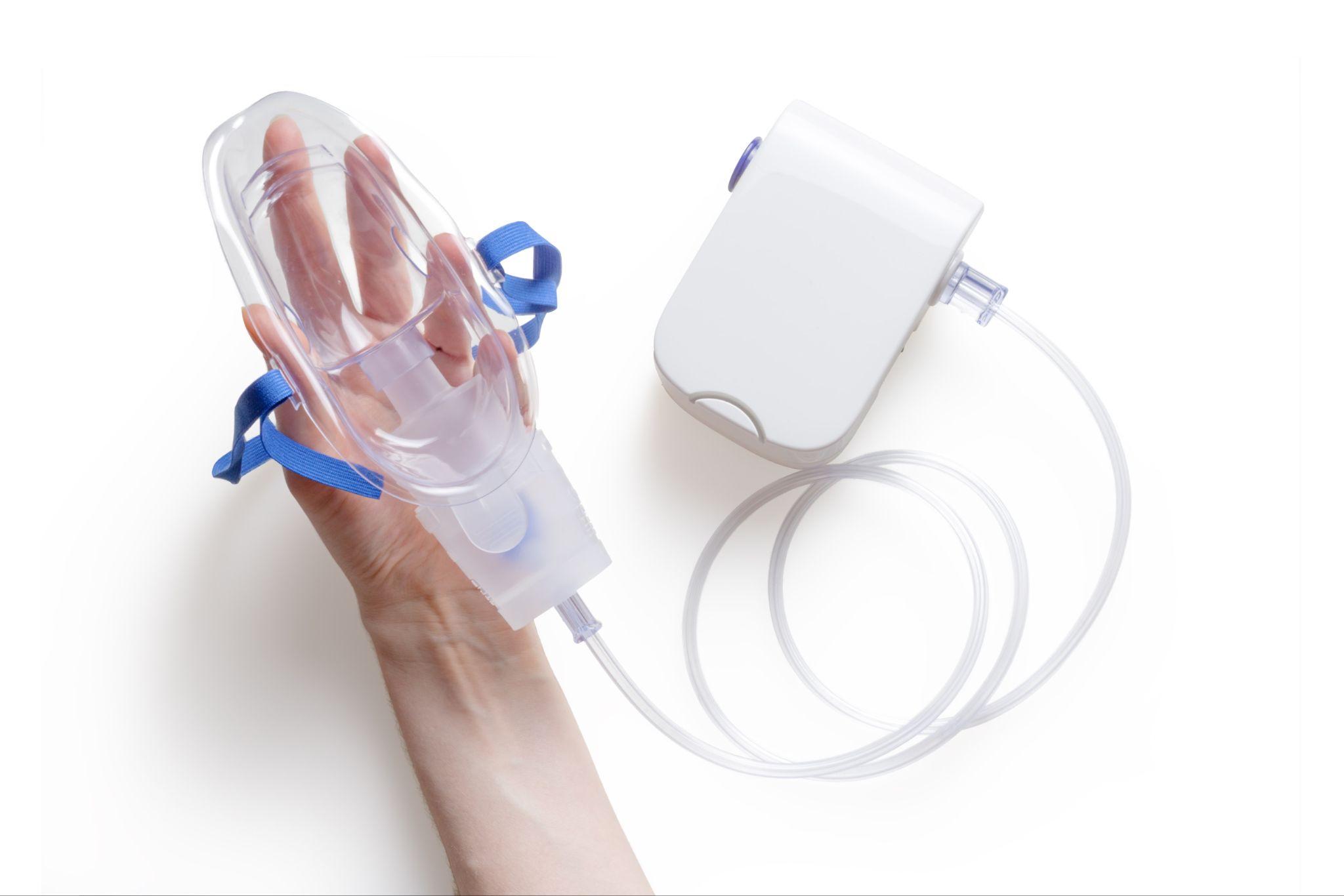
Remote Monitoring And Control
If the last couple of years after the emergence of the COVID-19 pandemic have shown and taught us anything, it’s that we can do almost all things from a remote location. The same goes for monitoring and controlling the process of injection molding.
The process can be monitored, controlled, and adjusted from a great distance thanks to smart applications and connected technology such as the Internet of Things (IoT). Device apps are now being used to monitor and control multiple injection molding machines and processes at once, which can be used to track production trends and generate reports to keep everyone within the company informed and connected.
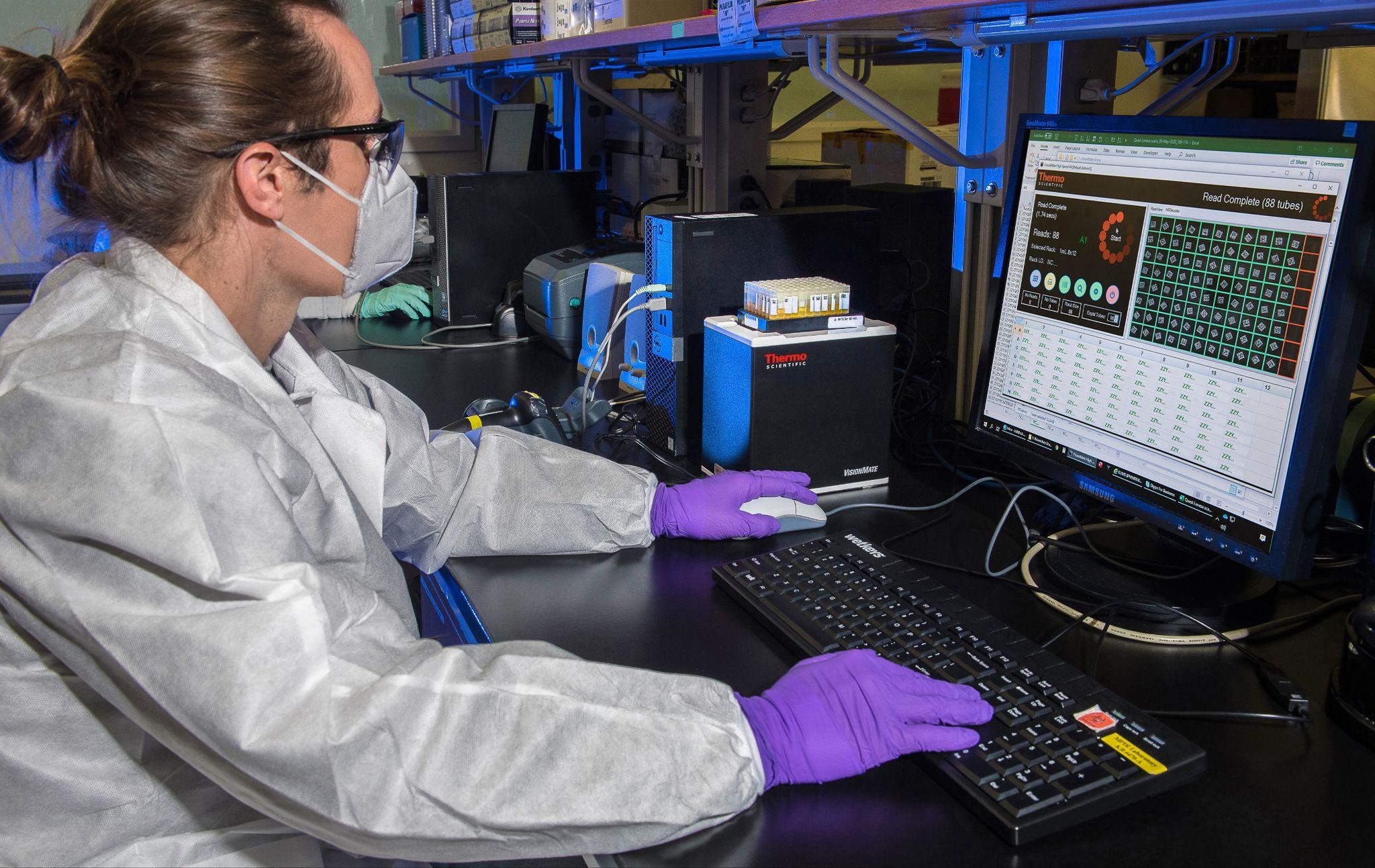
Quality Control And Prediction
Quality is a term that gets thrown around frequently in the manufacturing industry, but typically this inspection function to quantify quality is done after the production process. Software and device apps are now changing the scope of the quality control industry as they get integrated into daily operations to reduce human involvement. Sophisticated vision systems are incorporated to take dimensional data of the products and judge things like color harmony, which can reduce the cost associated with poor quality.
Final Words
The impact of industry innovations can be definitely hard to quantify as they are evolving, but the above-mentioned topics have granted way to more efficient operations and better quality in recent years. Adopting these advancements in your plastic injection operations can improve your company’s business metrics.


